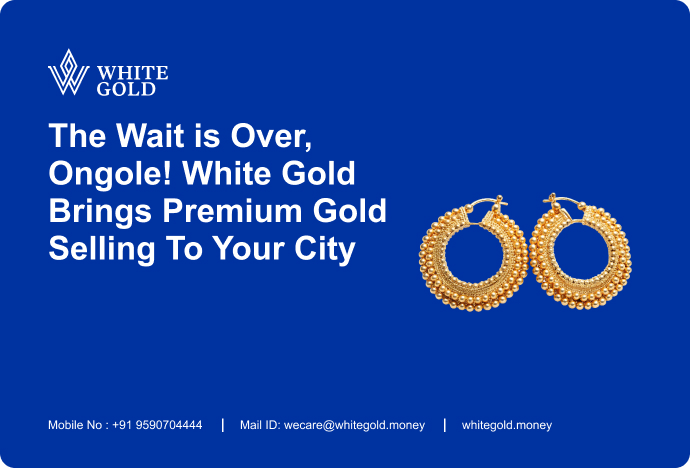Understanding the Factors That Affect the Value of Your Gold Jewelry

5min read

Gold jewelry remains a timeless accessory that symbolizes elegance and luxury. Apart from its aesthetic value, gold jewelry also serves as a valuable asset for investors and collectors alike. However, the value of your gold jewelry is not solely based on its design or craftsmanship. Various factors affect its worth, making it essential to understand and consider these critical aspects before selling your gold to gold jewelry buyers. In this blog post, we will delve deeper into understanding the factors that affect the value of your gold jewelry.
Purity
The purity of gold is measured in karats (K) and represents the proportion of pure gold in a piece of jewelry. Pure gold is 24K, but it is too soft to be used in jewelry. Therefore, it is often alloyed with other metals to enhance its durability and strength. The higher the karat, the higher the value of the gold jewelry. For instance, an 18K gold necklace contains 75% pure gold, making it more valuable than a 14K gold necklace with only 58.3% pure gold.
Weight
When assessing the value of your gold jewelry, weight plays a significant role. The weight of gold is measured in carats (not to be confused with the carats used for measuring gemstones). A higher weight means more gold content, resulting in a higher value. Jewelers often use a precise scale to measure the weight, ensuring accurate evaluations.
Market Conditions
The value of gold is influenced by global market dynamics, including supply and demand, economic factors, and investor sentiment. When the demand for gold is high, such as during periods of economic uncertainty or inflation, the value of your gold jewelry may increase. Conversely, if the market is saturated with gold or there is a decline in demand, the value may decrease. Staying informed about market trends can help you make informed decisions about selling your gold to reputed old gold buyers.
Design and Craftsmanship
The intricate design and craftsmanship of gold jewelry can significantly impact its value. Exquisite detailing, precision in gem setting, and unique artistic elements elevate the piece from a mere accessory to a work of art. Handcrafted jewelry often fetches a higher price due to the time, effort, and skill involved in its creation. The craftsmanship adds intrinsic value to the piece, making it more desirable and valuable.
Hallmarks and Branding
Hallmarks and branding are important indicators of authenticity and quality. Hallmarks are marks or stamps that indicate the purity of the gold, the manufacturer’s mark, and the country of origin. These marks certify the piece’s genuineness and can increase its value. Similarly, renowned brands in the jewelry industry have established a reputation for producing high-quality pieces, thereby enhancing their value.
Condition and Rarity
The condition of your gold jewelry plays a pivotal role in its valuation. Well-maintained pieces with minimal wear and tear tend to be more valuable. On the other hand, damaged or heavily worn jewelry may fetch a lower price. Rarity also affects value. Limited edition or vintage pieces that are no longer in production hold a certain allure, making them more valuable to collectors and enthusiasts.
In conclusion, understanding the factors that affect the value of your gold jewelry is essential if you want to sell it to old gold buyers or ensure that it is properly insured. Factors such as the current gold market prices, the purity and weight of the gold, and the condition and rarity of the jewelry can all impact its value. By keeping these factors in mind and working with reputable gold jewelry buyers and appraisers, you can get a fair price for your gold jewelry and make informed decisions about its care and maintenance.







